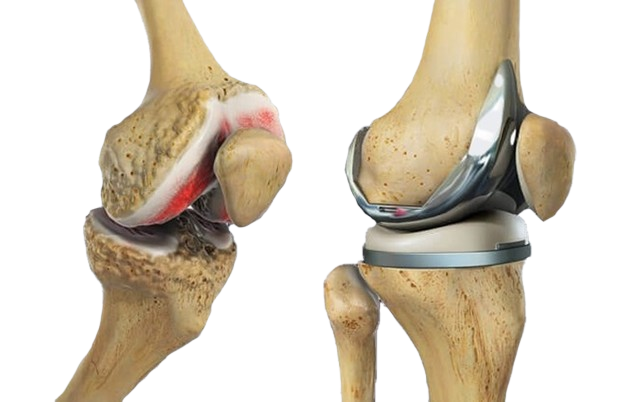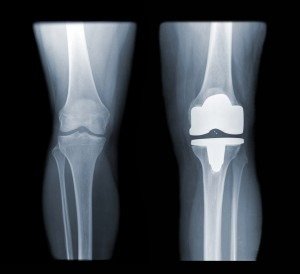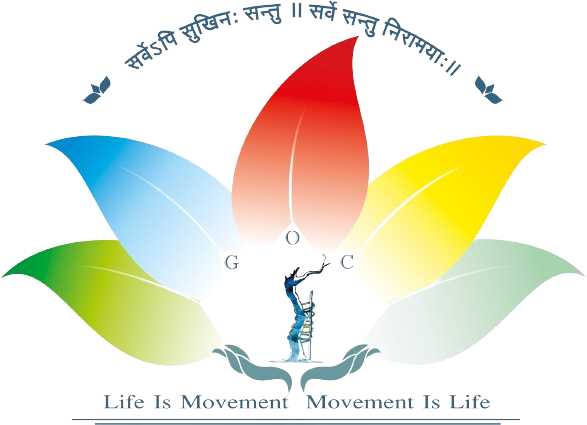Quick Links
- Spine Surgery
- Knee Replacement Surgery
- Physiotherapy and Rehabilitation
- Hip Replacement Surgery
- Patients Testimonial Video
- Orthopedic Surgeon Dombivli
- Knee Replacement Surgery in Dombivli
- Robotic Knee Replacement Surgery in Dombivli
- Best Spine Surgeon in Dombivli
- Arthroscopy Doctor in Dombivli
- Hip Replacement in Dombivli
- Shoulder Replacement Surgery in Dombivli
- knee arthroscopy in dombivli
Copyright © 2025 Website is Designed and Handle by Hopeland Healthcare.




